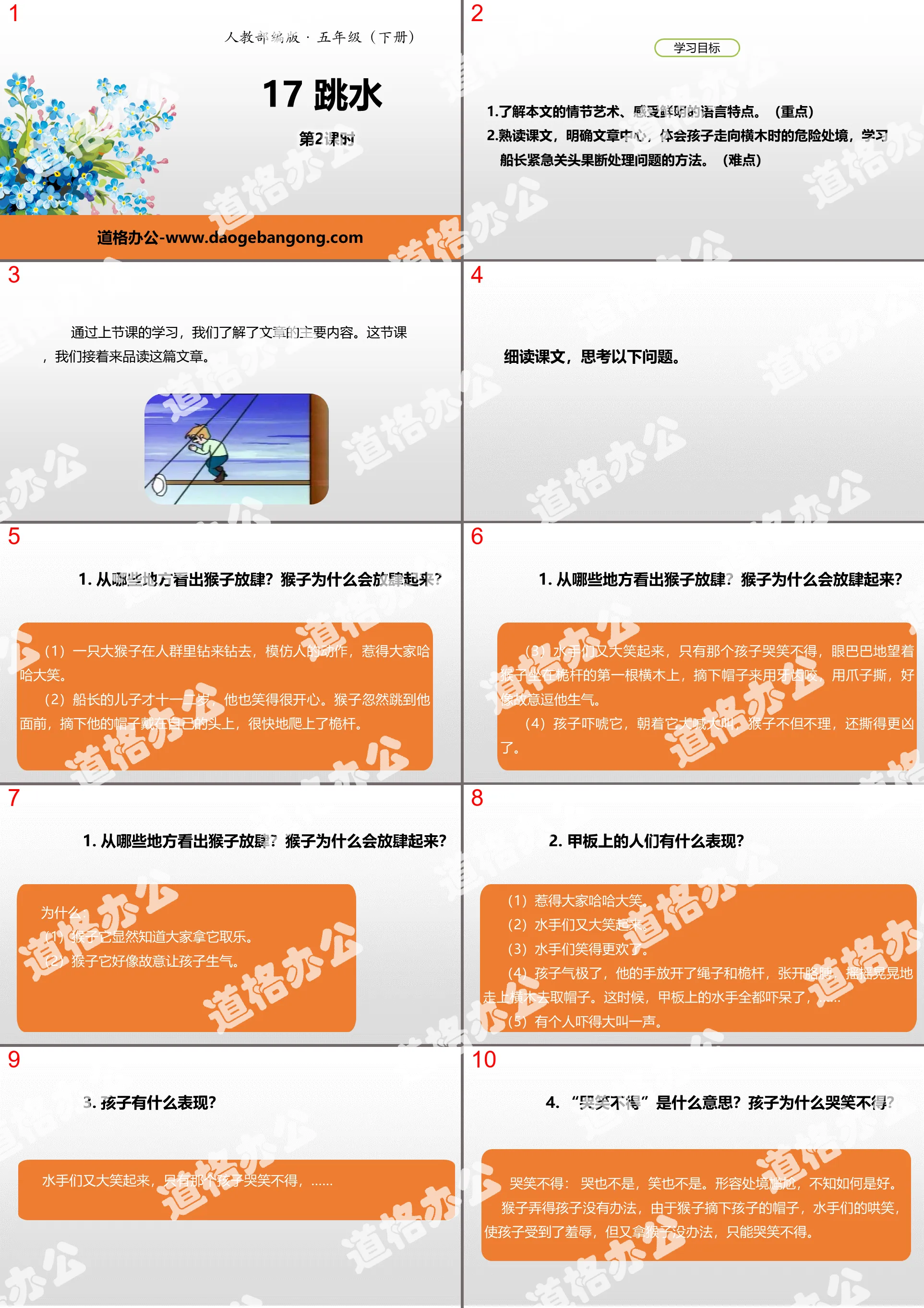The second volume of first-grade Chinese compiled by the People's Education Publishing House
The second volume of fifth-grade Chinese compiled by the People's Education Publishing House
The first volume of Chinese language for eighth grade compiled by the People's Education Publishing House
The first volume of first-grade Chinese compiled by the People's Education Publishing House
The first volume of ninth-grade Chinese compiled by the People's Education Publishing House
The first volume of fourth-grade Chinese compiled by the People's Education Publishing House
The first volume of Chinese language for sixth grade compiled by the People's Education Publishing House
The second volume of Chinese language for eighth grade compiled by the People's Education Publishing House
The first volume of Chinese language for fifth grade compiled by the People's Education Publishing House
The first volume of second-grade Chinese compiled by the People's Education Publishing House
Hunan Education Edition Third Grade Chinese Language Volume 1
The second volume of fourth-grade Chinese compiled by the People's Education Publishing House
The second volume of second-grade Chinese compiled by the People's Education Publishing House
The first volume of third-grade Chinese compiled by the People's Education Publishing House
The second volume of Chinese language for sixth grade compiled by the People's Education Publishing House
The second volume of seventh-grade Chinese compiled by the People's Education Publishing House

| Category | Format | Size |
|---|---|---|
| People's Education Press fifth grade Chinese language volume 2 | pptx | 6 MB |
Description
"Diving" PPT (Lesson 2)
Part One: Learning Objectives
1. Understand the plot art of this article and feel the distinctive language characteristics. (emphasis)
2. Read the text carefully, clarify the center of the article, understand the dangerous situation when the child walks towards the crossbar, and learn the captain's method of decisively handling the problem in an emergency. (difficulty)
Through studying in the previous class, we understood the main content of the article. In this lesson, we will continue to read this article.
Diving PPT, part 2 content: Read the text carefully and think about the following questions.
1. Where can we see that monkeys are unruly? Why do monkeys get so wild?
(1) A big monkey crawled around in the crowd, imitating human movements, making everyone laugh.
(2) The captain’s son was only eleven or twelve years old, and he also smiled happily. The monkey suddenly jumped in front of him, took off his hat, put it on his head, and quickly climbed up the mast.
(3) The sailors laughed again, but the child couldn't laugh or cry. He looked helplessly at the monkey sitting on the first beam of the mast, took off his hat, bit it with his teeth, and tore it with his claws, as if he was deliberately making him angry.
(4) The child frightened it and shouted at it, but the monkey not only ignored it, but also started tearing at it even more fiercely.
Why:
(1) The monkey obviously knows that everyone is making fun of it.
(2) The monkey seems to deliberately make the child angry.
2. How did the people on deck behave?
(1) Make everyone laugh.
(2) The sailors laughed again.
(3) The sailors laughed even more.
(4) The child was so angry that he let go of the rope and mast, opened his arms, and staggered up the crossbar to get his hat. At this time, all the sailors on the deck were stunned...
(5) Someone screamed in fright.
3. How does the child behave?
The sailors laughed again, but the child couldn't laugh or cry...
4. What does "can't laugh or cry" mean? Why can't the child laugh or cry?
Neither crying nor laughing: Neither crying nor laughing. Describes an embarrassing situation and not knowing what to do.
The monkey was unable to do anything to the child. Because the monkey took off the child's hat and the sailors laughed, the child was humiliated. However, there was nothing the monkey could do, so he could only laugh or cry.
5. How did the child get to the top rail of the mast?
(1) He took off his shirt, climbed up the mast and chased the monkey. He climbed up the rope to the first crossbar, and was about to reach out to grab his hat. The monkey was more flexible than him, so he turned around and grabbed the mast and climbed up again.
(2) "You can't escape!" the child shouted while chasing. The monkey also turned around from time to time to make the child angry.
(3) After climbing to the top of the mast, it (the monkey) hooked the rope with its hind feet, hung its hat on one end of the highest beam, and then sat on the top of the mast, twisting its body and grinning in weird ways.
(4) The child was so angry that he let go of the rope and mast, opened his arms, and staggered up the crossbar to get his hat.
6. How does the text describe the child’s performance? Understand his psychological change process.
The text describes the child's demeanor, language, movements and psychological activities from four aspects.
The child's self-esteem was hurt by the monkey, and he blushed and became angry. He became more and more angry and anxious, and shouted to the monkey: "You can't escape!" Later, he was in danger, he was nervous and scared. Finally, when he heard his father's call, although he didn't understand what his father meant, he could only obey the order.
Read the text again. How are the sailors, monkeys, children, and captains in the text connected?
Diving PPT, Part 3: What I Learned
By studying this article, I want to learn from the captain, when faced with an emergency: don't panic, don't be at a loss, think of a way, and use the best way to solve the problem. Be calm, decisive and resourceful when encountering problems. We should not be afraid in the face of danger, make prompt decisions, be calm and unhurried, and be wise in urgency.
Diving PPT, Part 4: Classroom Practice
1. In your own words, what kind of person is the captain?
Fearless in the face of danger
make a prompt decision
Take your time
Out of urgency comes wisdom
2. Copy the following sentences.
"As long as the child loses his footing and falls straight to the deck, he will die. Even if he reaches the other end of the crossbar and gets the hat, it will be difficult to turn around."
The thief is caught by the police, and as soon as he confesses, the criminal gang will be arrested quickly. Even if he doesn't confess, the police will be able to find the criminal through detective work.
"War and Peace"
A novel written by the Russian writer Tolstoy. The work centers on the Patriotic War of 1812 and reflects major historical events from 1805 to 1820.
The basic theme of "War and Peace" is to affirm the just resistance of the Russian people in this war and to praise the patriotic enthusiasm and heroism of the Russian people in the war.
Keywords: free download of PPT courseware for fifth grade Chinese language volume 2 of Ministry of Education Edition, download of diving PPT, .PPT format;
For more information about the "Diving" PPT courseware, please click the Diving ppt tab.
"Diving" PPT (Lesson 1):
"Diving" PPT (Lesson 1) Part One Content: Learning Objectives 1. Be able to read 6 new words in this lesson, such as "si", "mast" and "bluff", and be able to write 11 new words such as "ship", "hang" and "tear", and understand the meaning of the words in sentences. (Key points) 2. Read the text emotionally, initially perceive the meaning of the text, and understand...
"Diving" PPT:
"Diving" PPT Part One: Lesson One Leo Tolstoy was a Russian critical realist writer, thinker, and philosopher in the mid-19th century. Representative works include "War and Peace", "Anna Karenina", "Resurrection", etc. I can recognize the new words hook, whimper...
"Diving" PPT courseware 6:
"Diving" PPT Courseware 6 Teaching Objectives 1. Understand the text content and learn the captain's thinking method to deal with problems decisively in emergency situations. 2. Learn how to pay attention to the connections between things and deeply understand the text content. 3. Learn undergraduate characters and new words, and use imitation, wind and waves to connect...
File Info
Update Time: 2024-11-23
This template belongs to Chinese courseware People's Education Press fifth grade Chinese language volume 2 industry PPT template
"Diving" PPT (Lesson 2) Simple campus recruitment activity planning plan summary enterprise and institution recruitment publicity lecture PPT template is a general PPT template for business post competition provided by the manuscript PPT, simple campus recruitment activity planning plan summary enterprise and institution recruitment promotion Lecture PPT template, you can edit and modify the text and pictures in the source file by downloading the source file. If you want more exquisite business PPT templates, you can come to grid resource. Doug resource PPT, massive PPT template slide material download, we only make high-quality PPT templates!
Tips: If you open the template and feel that it is not suitable for all your needs, you can search for related content "Diving" PPT (Lesson 2) is enough.
How to use the Windows system template
Directly decompress the file and use it with office or wps
How to use the Mac system template
Directly decompress the file and use it Office or wps can be used
Related reading
For more detailed PPT-related tutorials and font tutorials, you can view: Click to see
How to create a high-quality technological sense PPT? 4 ways to share the bottom of the box
Notice
Do not download in WeChat, Zhihu, QQ, built-in browsers, please use mobile browsers to download! If you are a mobile phone user, please download it on your computer!
1. The manuscript PPT is only for study and reference, please delete it 24 hours after downloading.
2. If the resource involves your legitimate rights and interests, delete it immediately.
3. Contact information: service@daogebangong.com
"Diving" PPT (Lesson 2), due to usage restrictions, it is only for personal study and reference use. For commercial use, please go to the relevant official website for authorization.
(Personal non-commercial use refers to the use of this font to complete the display of personal works, including but not limited to the design of personal papers, resumes, etc.)
Preview










